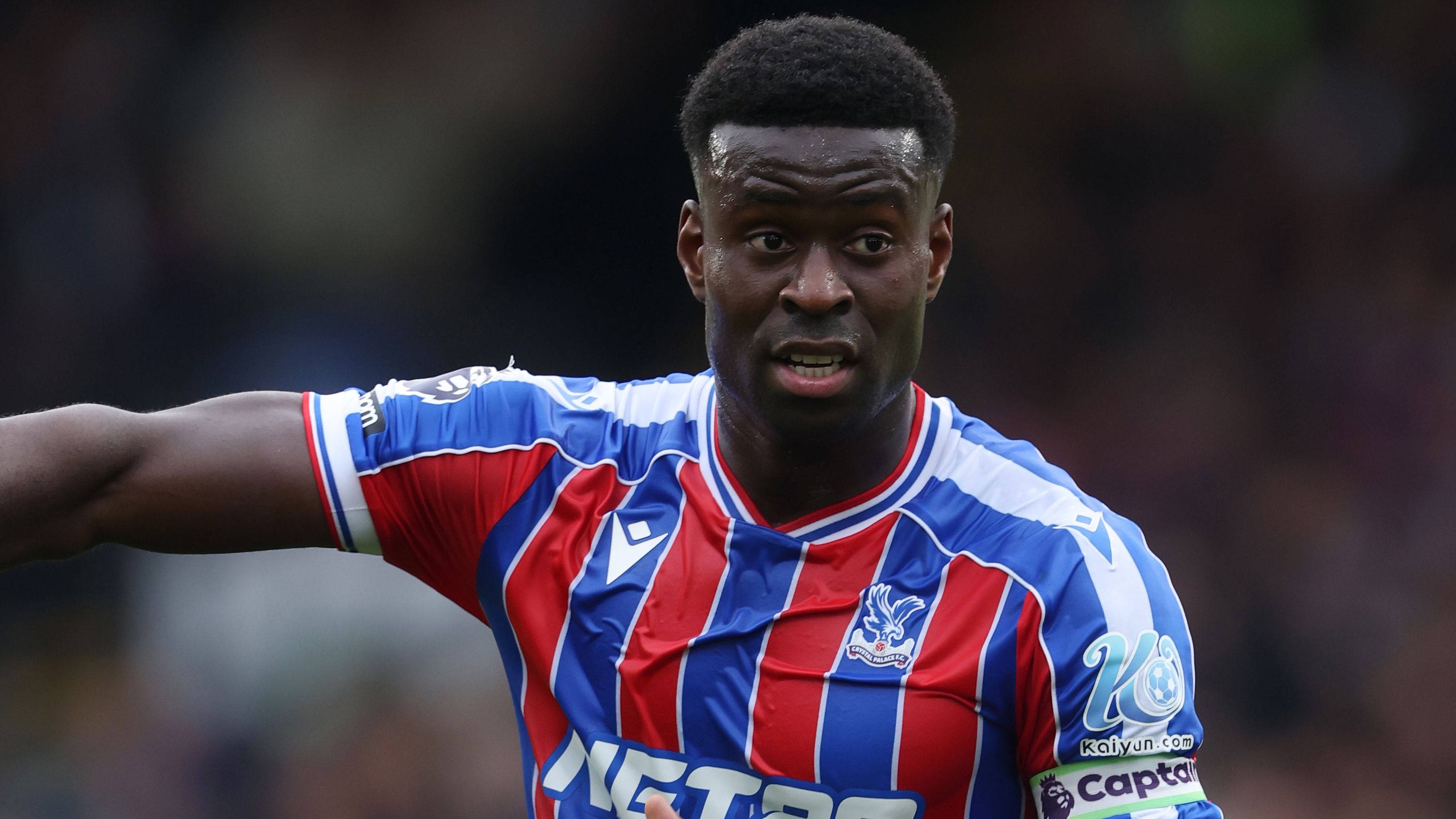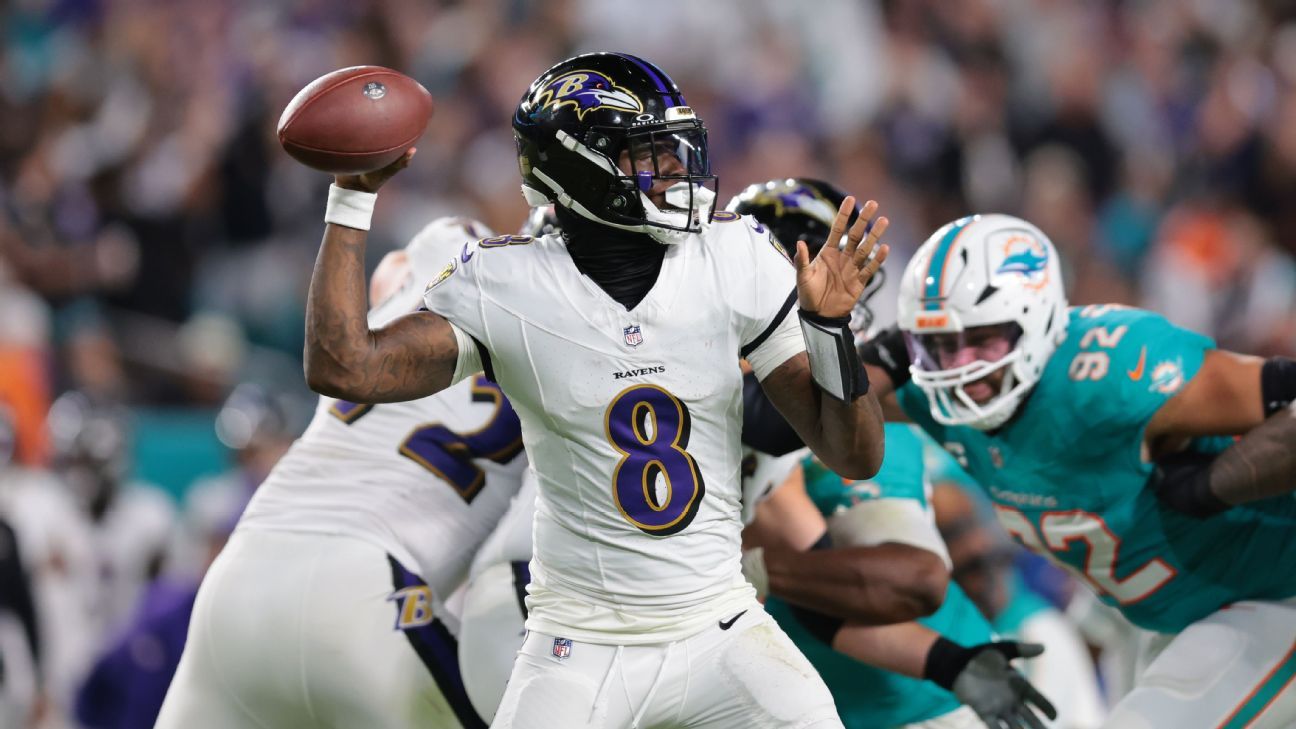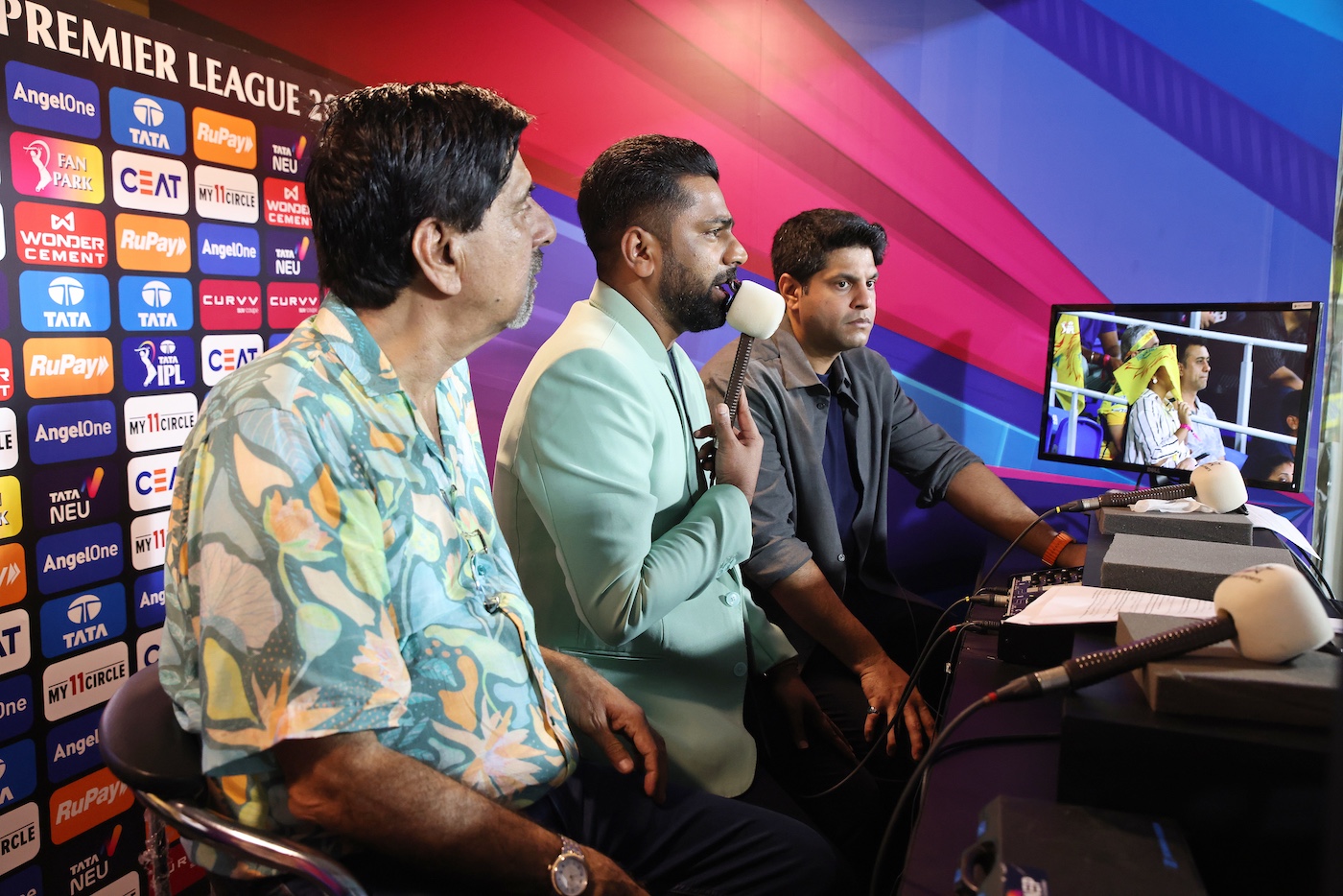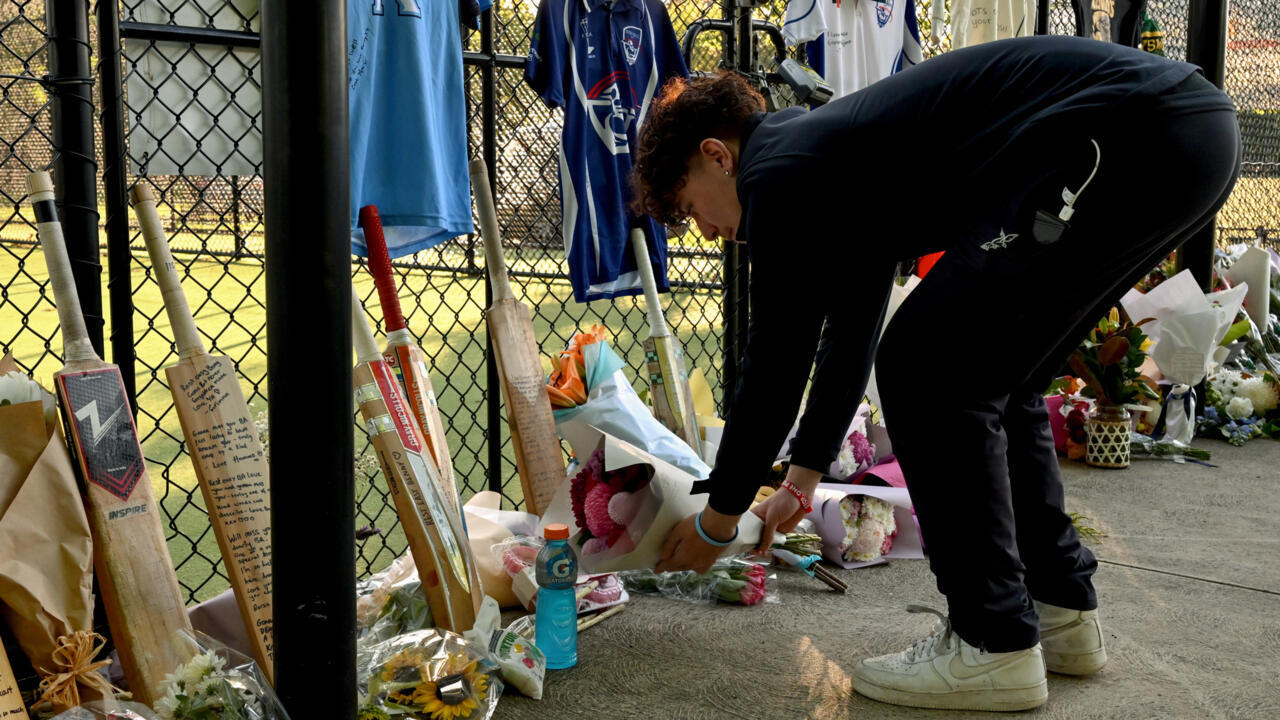GWS Giants player Katherine Smith on playing AFLW through pain of endometriosis
Katherine Smith has been playing AFLW for the past eight years and through it all, has been battling severe pain.From training to game days, she endured painful cramps, migraines and heavy menstrual bleeding."It got really bad between when I was 20 and 23, where I was basically permanently bleeding," Smith told ABC Sport.White shorts were a big issue."There's been games when my period was so severe, one year I had to change at half-time at three games," she said.With all the bleeding came iron deficiencies and exhaustion."The severity of it made it really difficult with sport," Smith said."I think a lot of the time I was resting so I could play."Through it all, the 27-year-old knew something was not right.She was only diagnosed with endometriosis three years ago.It is a condition where tissue, such as the lining of the uterus, grows in other places and can cause serious pain.It affects one in seven women, with new research putting diagnosis at around five years, instead of six and a half.Smith's diagnosis took a bit longer, despite speaking up about her symptoms.She said the responses often came down to having a bad period that she would just have to live with.Conditioned to push through painIt is a sentiment AFLW clubs and other codes are set on changing.Sports exercise and pelvic health physiotherapist Jess Cunningham has been working with the Giants to help identify players who may have endometriosis and put them on a path to treatment.She has done similar work with AFLW clubs Geelong and the Gold Coast, Football Australia and Rugby Australia, and the Giants and NSW Swifts Super Netball teams."We screen all the athletes around menstrual health, pelvic health and breast health," Cunningham said."From there, we can find out who's flagging for those certain areas and then put in the processes, whether that be working with their existing team doctor, dietician or physios, facilitating specialist referrals or using my pelvic health physio services as well."Cunningham said some athletes were reporting significant endometriosis symptoms."Whether it's period pain or [issues with] bladder, bowel or sexual function — they just thought that was their normal," she said.It took around seven seasons for Smith's endometriosis to be identified, but she was quick to point out that delay was no-one's fault, it simply was not discussed."Once we had Jess come on board and be open about the fact that irregular periods, severe cramping, that's not okay, that really hit home for me," Smith said.Cunningham said along with trying to avoid stigma around their menstrual cycles, athletes could under-report symptoms."They may have a family member who has similar symptoms that have been considered normal," she said."It also might be they don't want to report it for fear of potentially not being selected or included."And often I find with athletes, if they were reporting six out of 10 for knee pain, that would be something they would flag."But if you ask them how painful their periods can be, they'll often think that a six out of 10 pain is okay."The impact of endometriosis on performanceCommon symptoms of endometriosis can include fatigue, period pain that interferes with daily life, pain during ovulation, pain in the pelvis, lower back or legs, pain when going to the toilet, pain during or after sex, and heavy or irregular bleeding.Endometriosis Australia medical director Associate Professor Anusch Yazdani said it was important to know that period pain was not normal."I think pain interfering with your life is never normal," Dr Yazdani said."Pain that stops you from going to work, stops you from going to university, needs to be investigated."Endometriosis can have a big impact on an elite athlete's performance.Smith was often in pain when she needed to run or cycle hard, for about five to six minutes."Any time there was a time trial, you knew you were going to be in severe pain," she said."With that high intensity activity over a sustained period, it got to the point where the cramps were so severe I had to stop."Giants AFLW and netball head physiotherapist Gemma Vale said training was often modified to an athlete's comfort levels."There is a bit of a push for modifying training around different phases of the cycle," Vale said."But I think we do need to be very individualised in what they need, whether it's [adapting] volume of training [or] what they're lifting in the gym."It's more about [asking], 'How are you feeling today, what do you have the capacity for?'"Fighting the mental battle as well as the physicalEndometriosis has typically only been diagnosed through a form of surgery called a laparoscopy.Dr Yazdani said it no longer required that."We can make a very good diagnosis based on an ultrasound scan, but also on a lot of clinical presentation," he said.However, it is one of the mainstays of treatment, as it confirms a diagnosis while a surgeon removes tissue at the same time."It has a very good chance of reducing significant types of pain, for example, pain with intercourse, pain with periods," Dr Yazdani said."Other types of pain, it's less likely to help. So the bowel changes, the bladder changes, they all need to be addressed individually."Smith has had surgery and said she could now train harder and for longer."The symptoms have been so much better," she said."Now that I'm able to do those things with comfort, the ability to perform at that intensity for a longer period of time has impacted my performance."Looking forward, Smith wants to normalise conversations around women's health, so that others do not have to play through the pain like she did."Irregular periods, severe cramping, back pain, it isn't normal," she said."I guess as high achievers, people want to be like, 'I'm fine, I'm going to keep pushing', because you want to be the best you can."But that first step of acknowledging it is not normal and that we can do something to fix it, is important."












